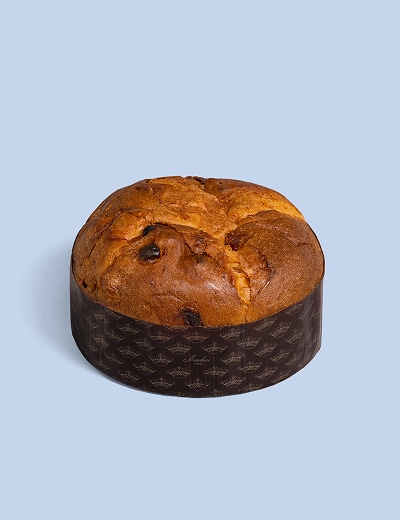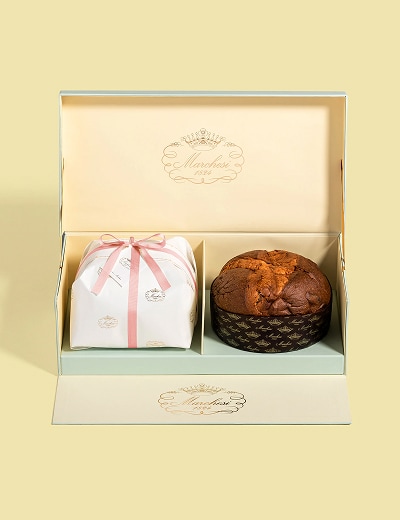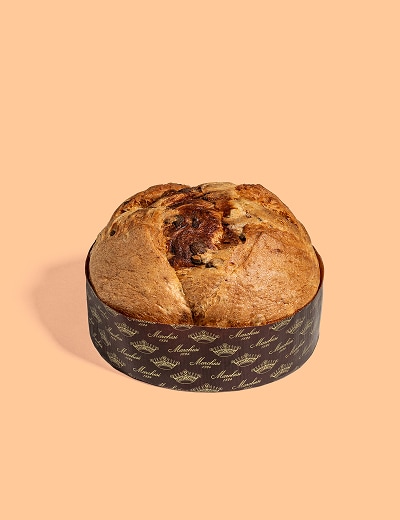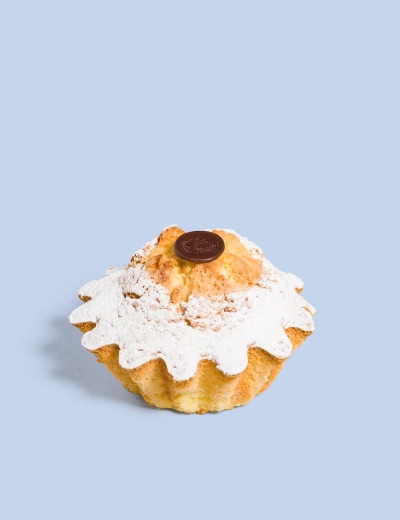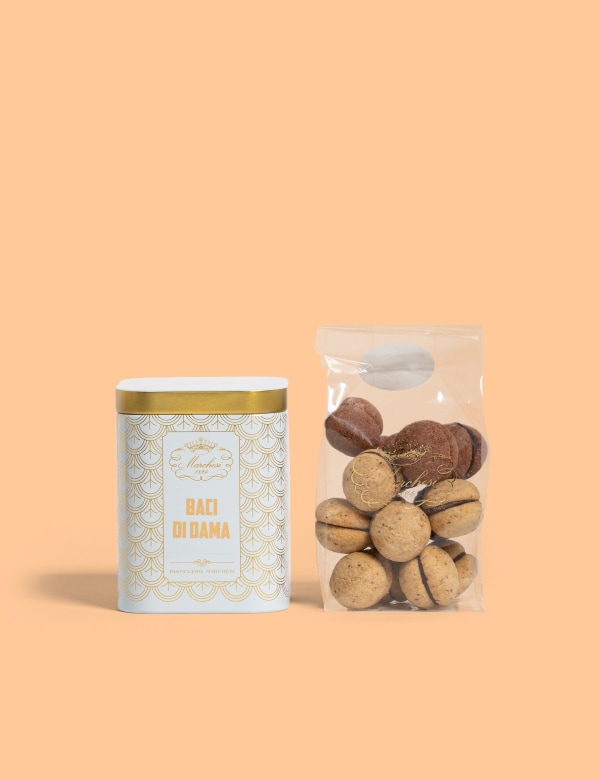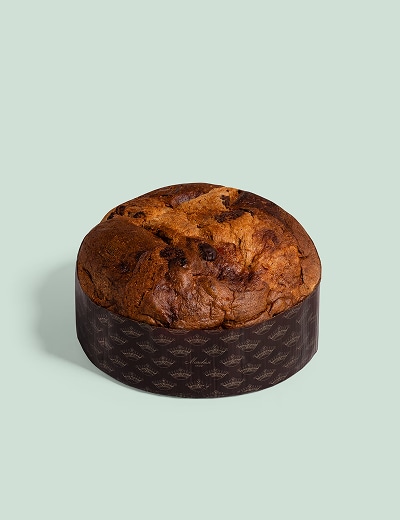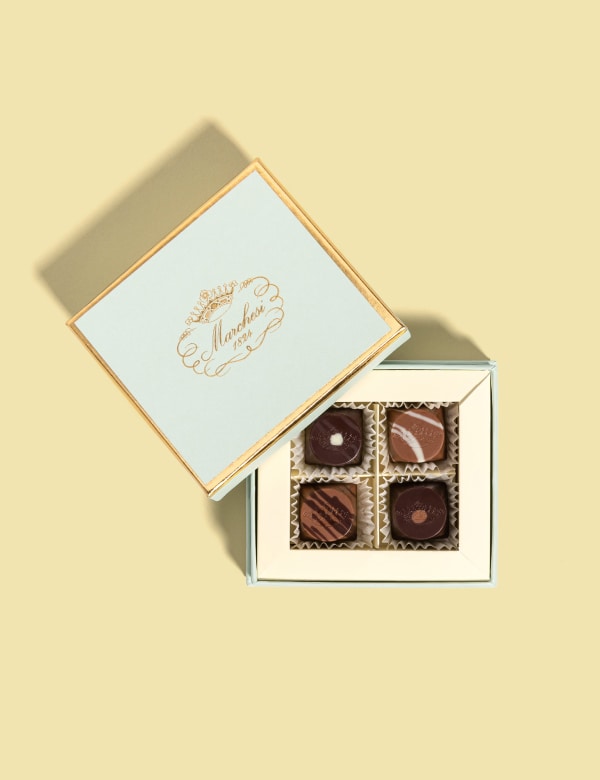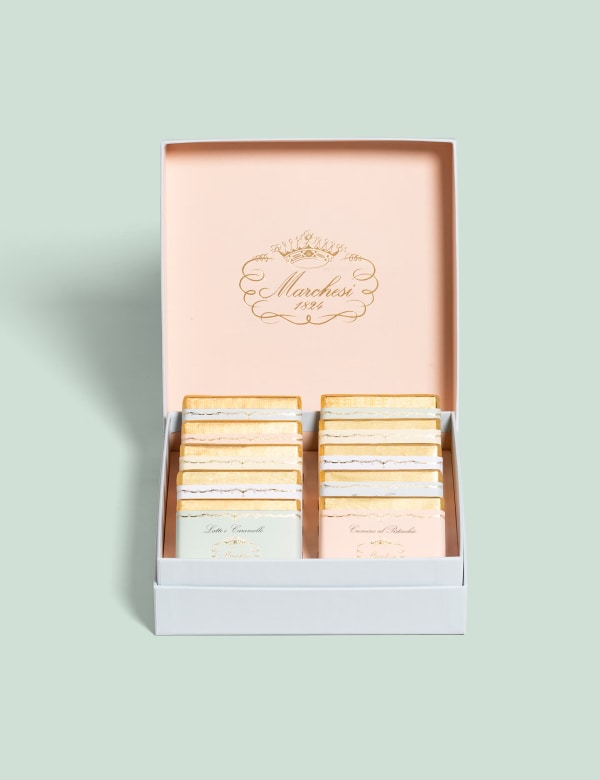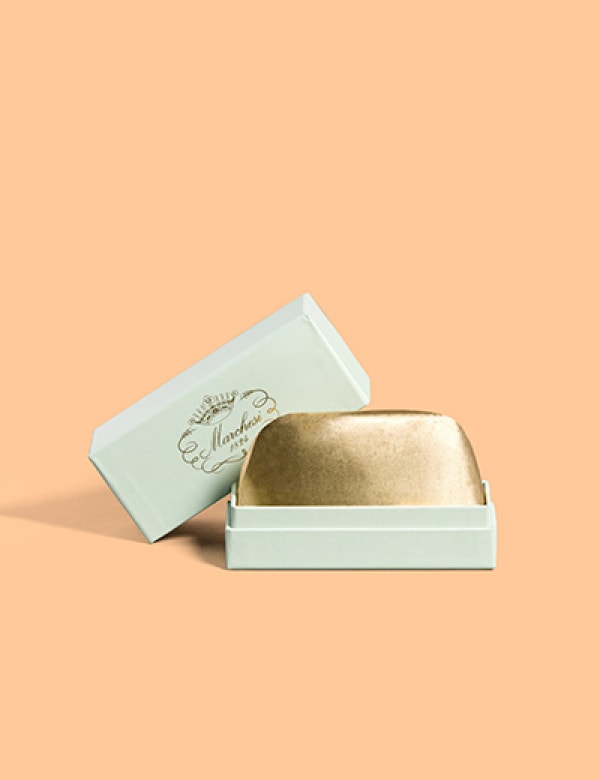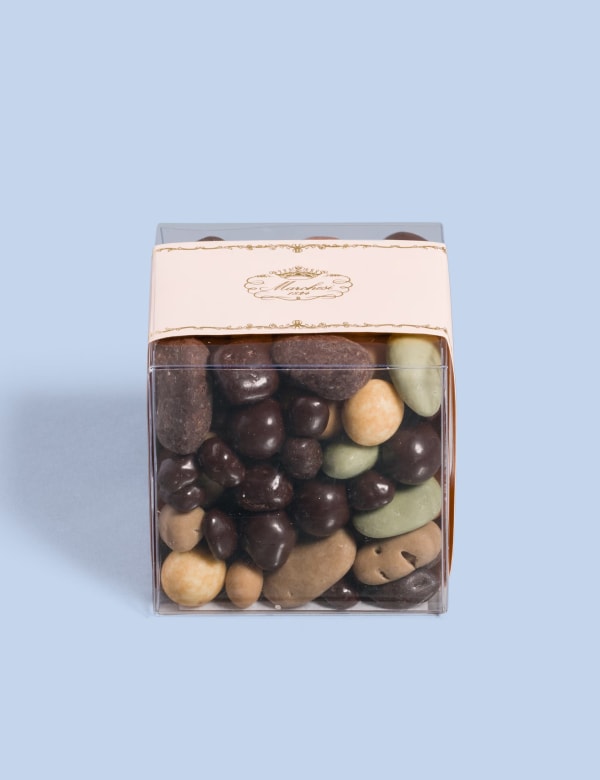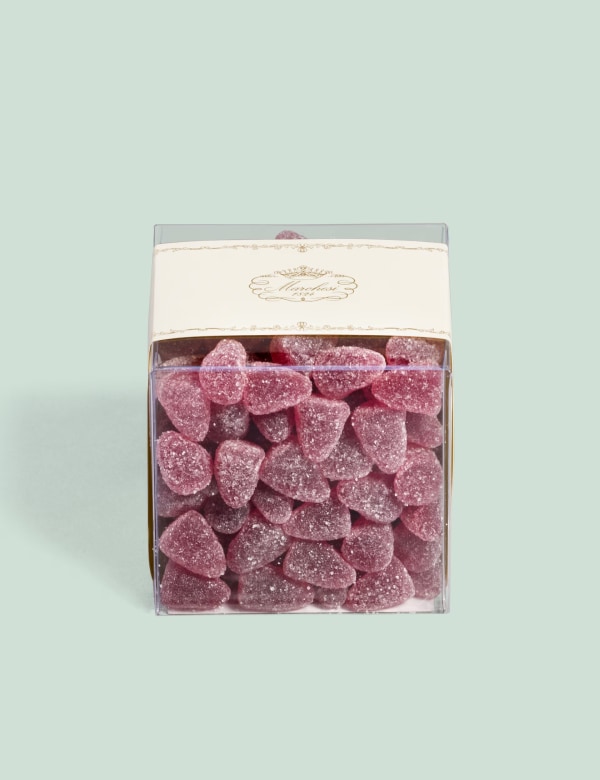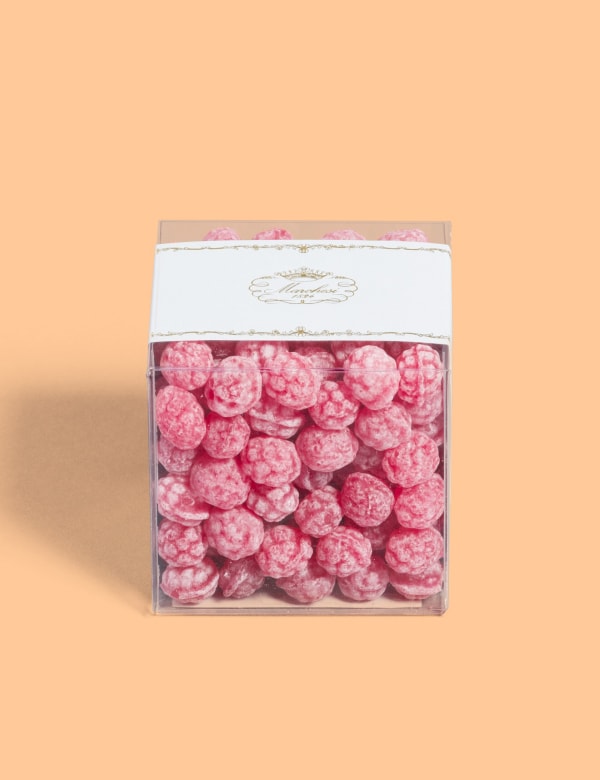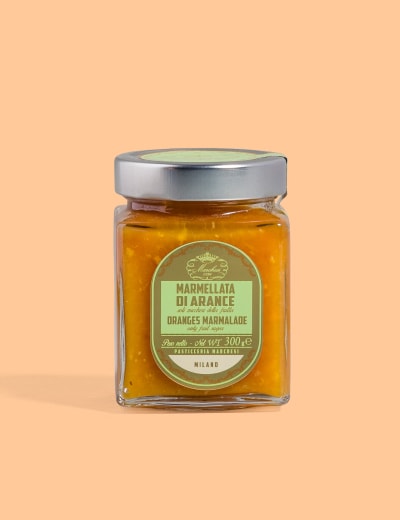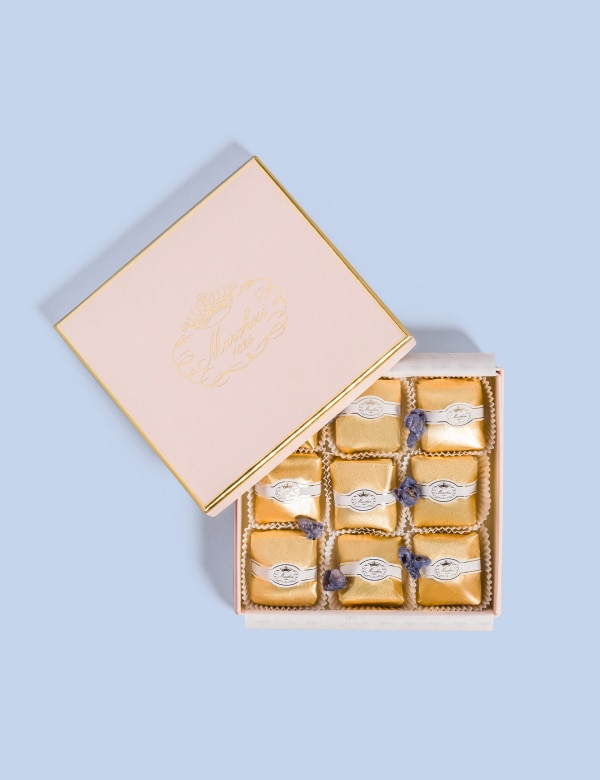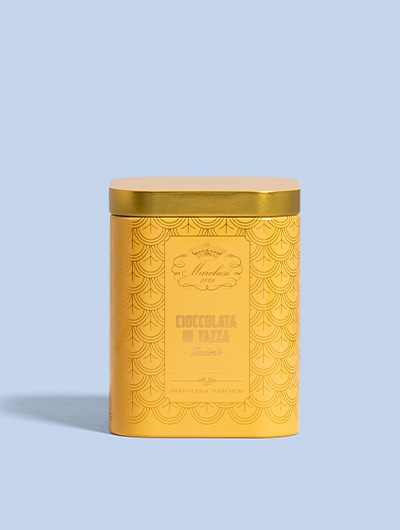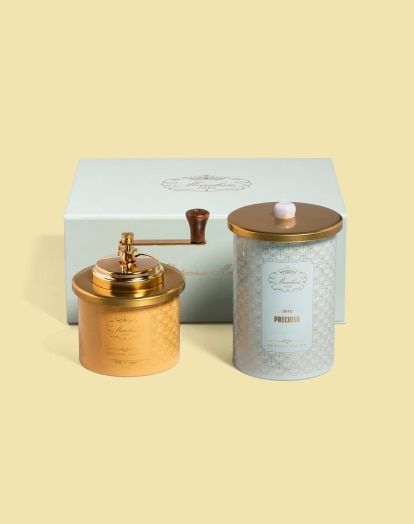
No food is better loved than chocolate. The subject of endless enthusiastic claims: good for the heart, good for the soul, and more besides, it all starts with the Theobroma cacao plant. We look at how Marchesi 1824 chocolate is created, from its cultivation Venezuela to its transformation in Italy.
It would be hard to imagine a world without chocolate. It’s all around us. Featured by authors from Mozart to Marcel Duchamp, from Gabriel Garcia Marquez to Roald Dahl, it pervades our culture, our lives, and our childhood memories. But it was not always thus.
Chocolate had never been seen in Europe until the 16th century. And for many years thereafter, it was enjoyed exclusively by society’s elite, and only in liquid form. In fact, the solid treat we all now love did not appear until the mid-1800s, shortly after the original Marchesi 1824 pastry shop first opened its doors.
For Marchesi 1824, only the finest ingredients are good enough. In the case of chocolate, that means the rare and noble criollo bean, exclusively sourced from selected plantations in Venezuela. Representing only a minuscule percentage of global production, this variety is recognised as the undisputed “prince of cocoas”.
Naturally, its privileged status comes at a price. Cultivating criollo plants is a challenge, and harvesting is a painstaking process. But by favouring this fragile cultivar, Marchesi 1824 is helping to preserve its unique aroma for gourmet chocolate connoisseurs around the world.
The magical process of transforming the bitter fruits of the cacao plant into aromatic Grand Cru chocolate begins when the harvested pods are sliced open to expose the pulp and seeds within. These are then laid out for several days, fermented for up to a week, shuffled by bare human feet, and finally dried in the South American sun.
The beans used by Marchesi 1824 are then shipped to Italy for roasting, conching - the slow, gentle, traditional process that brings out the rich flavour of the chocolate - and lastly tempering, to ensure the perfect velvety texture. At that point, the chocolate is finally ready for use in the pralines, Easter Eggs, biscuits, dragées and other delights loved by our customers ever since the original Marchesi 1824 introduced its exquisite chocolate creations all those years ago.




